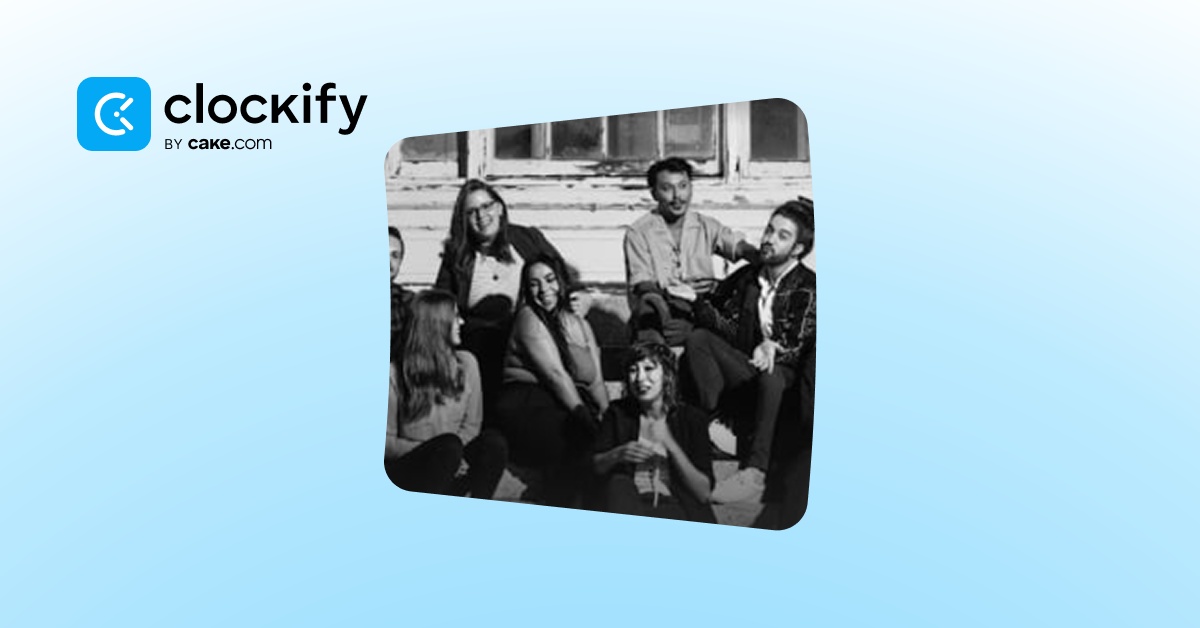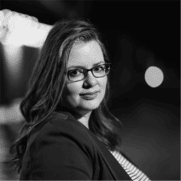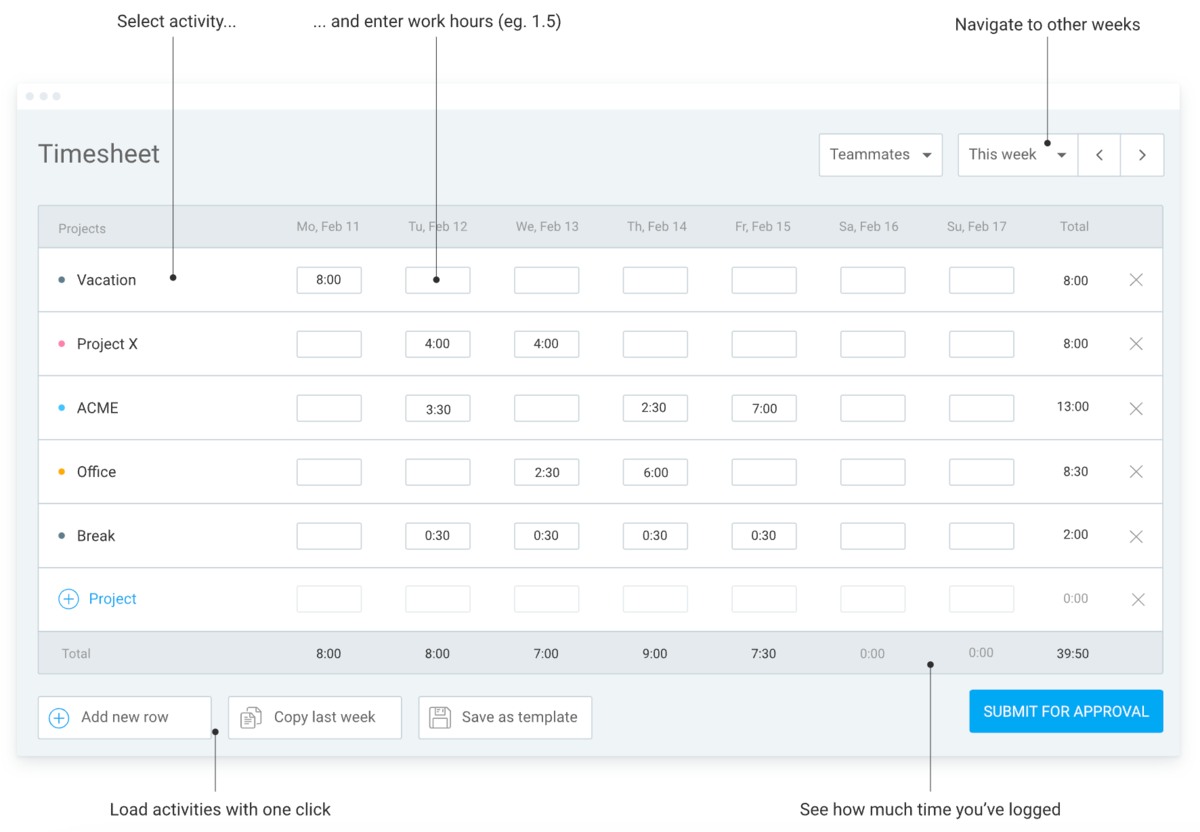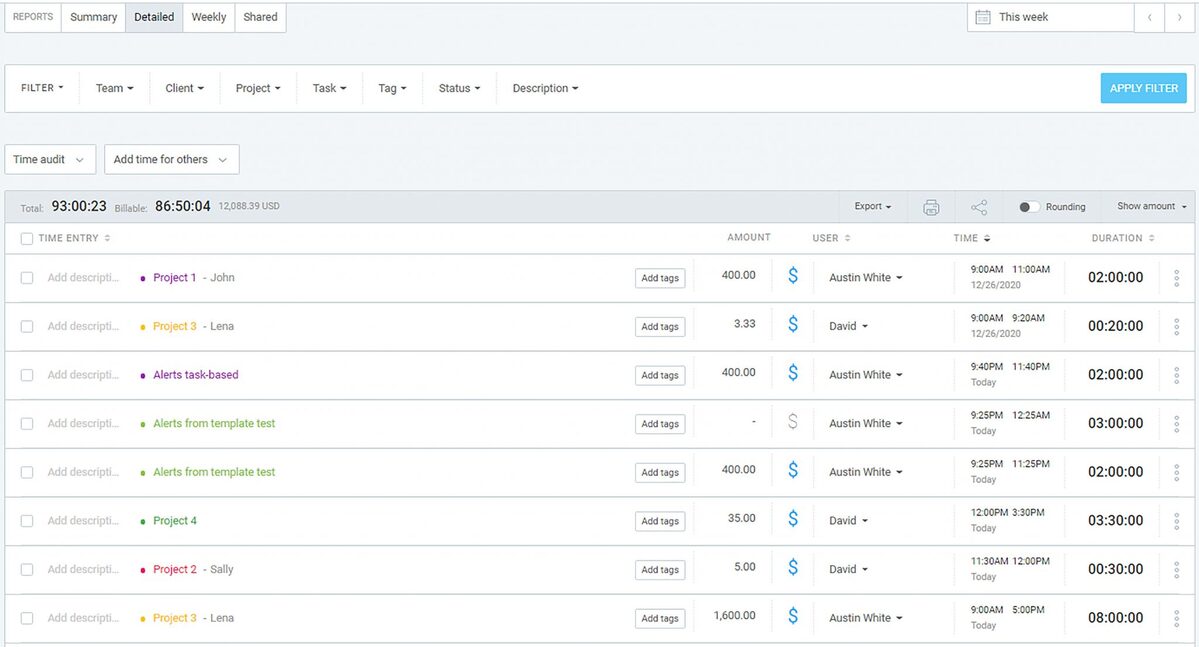This Ad Agency Aced Project Planning with 3 Clockify Features

Creative agencies provide clients with innovative ideas and solutions. But original ideas don’t always come naturally, and projects usually have strict deadlines. So, one wonders whether managing time effectively can help creatives optimize their workflow.
To explore this subject further, we reached out to NMCO Studio — a top marketing agency that offers cutting-edge video production, web development, graphic design, and animation services.
They take pride in winning 2 Silver Addy awards for their campaigns at a competition hosted by the American Advertising Federation.
We talked with creative director and co-founder Tina Ballew and studio manager Dawn Franco. Since their team uses Clockify for time tracking, we wanted to learn how it helps them organize work and what benefits it provides to creative agencies.
A glimpse into daily operations at NMCO Studio
Creative agencies usually manage multiple projects for several clients. Depending on the project, agencies may create only 1 type of content — like social media posts or a new website for a certain client.
When it comes to NMCO Studio, Dawn says that they primarily do campaign work. That way, clients get a cohesive media package that helps them reach a broader audience.
However, such a product requires collaboration between diverse teams. Tina noted that this holistic approach plays a crucial role in the company’s success:

“Having a solid strategy contributes to a seamless creative production that makes the end result powerful and memorable. Working with a team from different departments like animation, video, web, and graphics can be challenging. But the strategy is insurance that everything is cohesive and nothing gets lost in the mix.”
So, how does launching a new project look like at this agency? Here’s how Dawn described the process:

“If it’s a smaller project, we’ll cache most of it during the onboarding process (just Tina and me). But, once it gets to the creatives, if it’s a large package, we’ll have a couple — we call them — discovery sessions. We’ll sit down with the client to figure out their goals, mission, and company. Then, we’ll get together on our own to brainstorm and figure out the aesthetic, direction, or visuals. Then, we go to production.”
💡 Clockify Pro Tip
Learn the ins and outs of managing projects in Clockify — from scheduling to progress forecasting
How to manage projects in ClockifyClockify benefits that boost NMCO Studio’s efficiency
To understand how timekeeping speeds up work for her team, we asked Dawn how Clockify fits into their daily routine:

“A standard day for a creative is that people come in and they immediately start tracking their time in Clockify. We have everything company-related under NMCO and anything client-related under the relevant client’s name.”
Furthermore, Dawn points out that tracking time can improve task delegation within a remote team:

“When working remotely, I can watch what employees are doing in Clockify in real time. She’s working on a graphic or he’s working on this video. If there’s no time in Clockify, are they even clocked in? Are they working? It’s like a safe card.”
💡 Clockify Pro Tip
Discover how other marketing businesses leverage Clockify’s timekeeping features for peak productivity:
How Reboot Online Uses Clockify to Boost Their ProductivityClockify features that transform workflows at NMCO Studio
Let’s have a closer look at Clockify’s time tracking features that empower the creative market — according to NMCO Studio.
✉️ If you’re a Clockify user (or also use Pumble and Plaky, within the CAKE.com Bundle) and you’d like to have your own customer story featured on our blogs, reach out to us at pr@cake.com!
Clockify feature #1: Time tracking
Without proper time management strategies, creatives may struggle to manage tasks of varying importance. Here’s how Tina explains this issue:

“Creatives can spend too much time getting lost in a low-value project or neglecting a high-value project when they aren’t managing their time. They like the challenge and enjoy seeing how many projects they can fit in during the day or week.”
So, creatives should start tracking time as part of their work routine.
With Clockify, businesses can manage their time in 2 ways:
- Timesheets — use digital timesheets to define work hours and activities for every day of the week.

- Timer — start the timer while working on a task and stop it once you’re done.

💡 Clockify Pro Tip
Stay on top of your work responsibilities with our task prioritization tips and tricks in the article below:
From Chaos to Clarity: How to Prioritize Tasks ProperlyClockify feature #2: Reports
In the creative industry, Tina points out that validating the pricing can be difficult. That’s where Clockify’s reports come in handy:

“When we present a report for an identity system, clients see the time logged, number of meetings, requested revisions, workshopping, and everything with detailed notes and time spent. The client is typically impressed and loves that we keep track of that information. It keeps everyone accountable and there’s no guesswork.”
Therefore, reporting your logged hours ensures transparency — a crucial element of building trust with customers.
Clockify lets you easily generate reports to keep clients posted in 3 steps:
- Filter reports by project, task, and date,
- Share them with clients online, and
- Export reports as PDF, Excel, or CSV files.

Dawn also illustrated how reports in Clockify help her team evaluate projects:

“At the end of every project, we make a Clockify report. We look at what went over budget on what part of the production, and how we can change that for the future.”
Clockify feature #3: Tags
In Dawn’s words, team leaders can easily access data thanks to Clockify’s tags:

“As someone who manages projects, if I want to focus on just one department at a time, it’s useful to utilize those tags.”
For better categorization, you can add tags to time entries that are tied to different projects. That way, retrieving specific information becomes smooth sailing.


How Clockify drives NMCO Studio’s future growth
As we learned from our interlocutors, time management is a critical component that helps their company stay ahead of the curve.
Time tracking in Clockify lets NMCO Studio stretch time budgets and build client trust with confidence.
With our time tracker, managers can see current employee activity, which helps them delegate tasks more easily.
Their business excels at all of the above with Clockify’s powerful functionalities:
- Tracking time to ensure they dedicate most of the time to high-value projects,
- Sharing reports with clients as proof of their work, and
- Reviewing in-depth reports to evaluate results at the end of a project.
